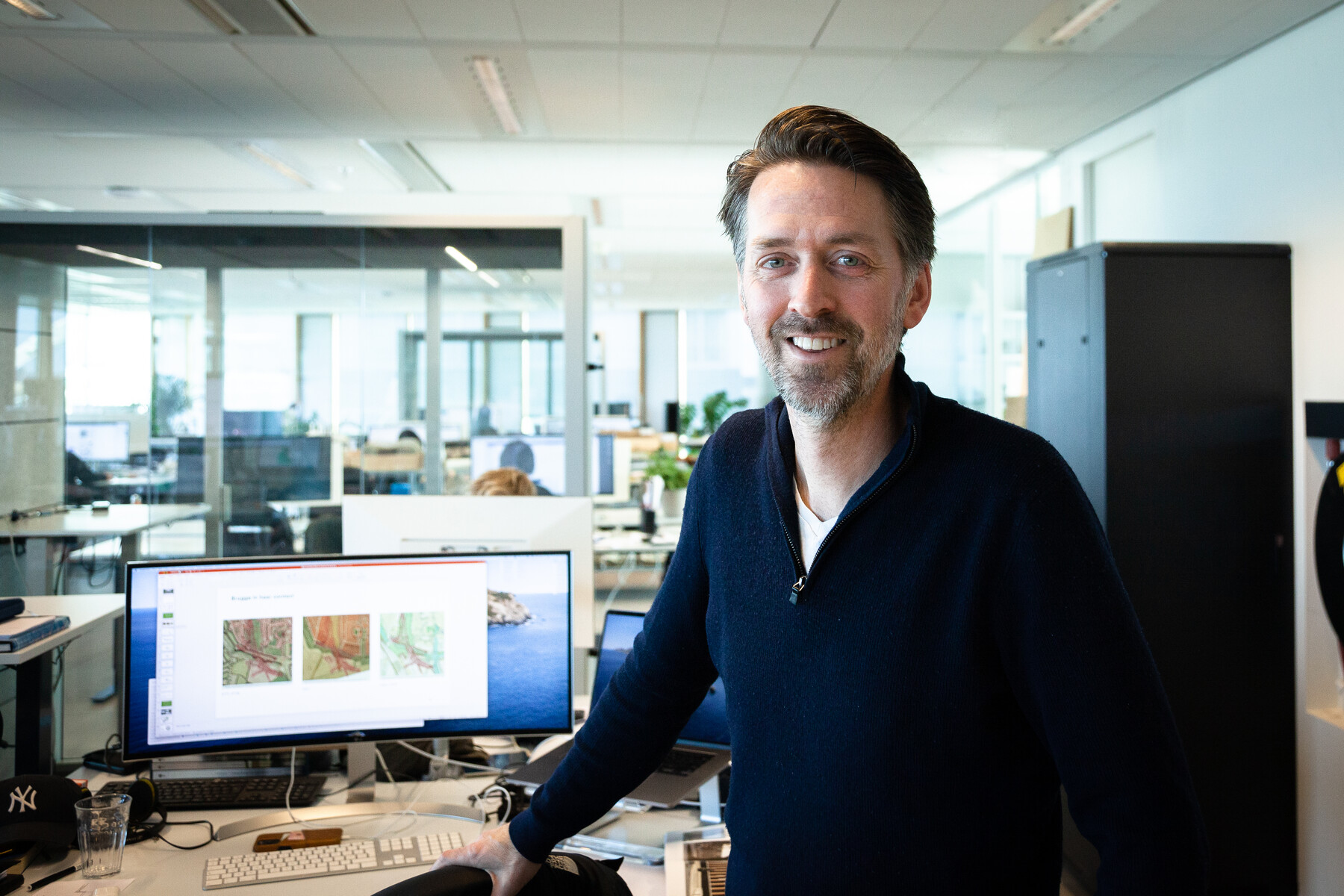At ZJA, if you’re a project manager and you’re part of the design process in the tender for, say, a bridge or a stadium from the beginning, you’re involved until the official opening day. That’s inspiring, because some projects can run a surprising course. Even when there appears to be not much freedom in the architectural sense, for example in the commission to build a bridge in Harderwijk with references to the shape of a ship, a traditional keel-less sailing ship. But it turned out to be surprisingly exciting to design and build. We chose to execute it completely in wood. The possibilities of that material and the collaboration with the builders turned it into an adventure.’
Before graduating at the Academie voor Bouwkunst Jochem was educated at an art academy as an architectural designer. But he wanted to work with form, function and beauty on a larger scale.
‘The architect is not in charge but he is responsible for the coherence and the beauty, the experiential value of a building or bridge. To my mind the design doesn’t stand apart from the building process, but is an integral part of it, and evolves with it. The purpose is to make sure the intentions behind a design are understood and supported by all parties involved.’
